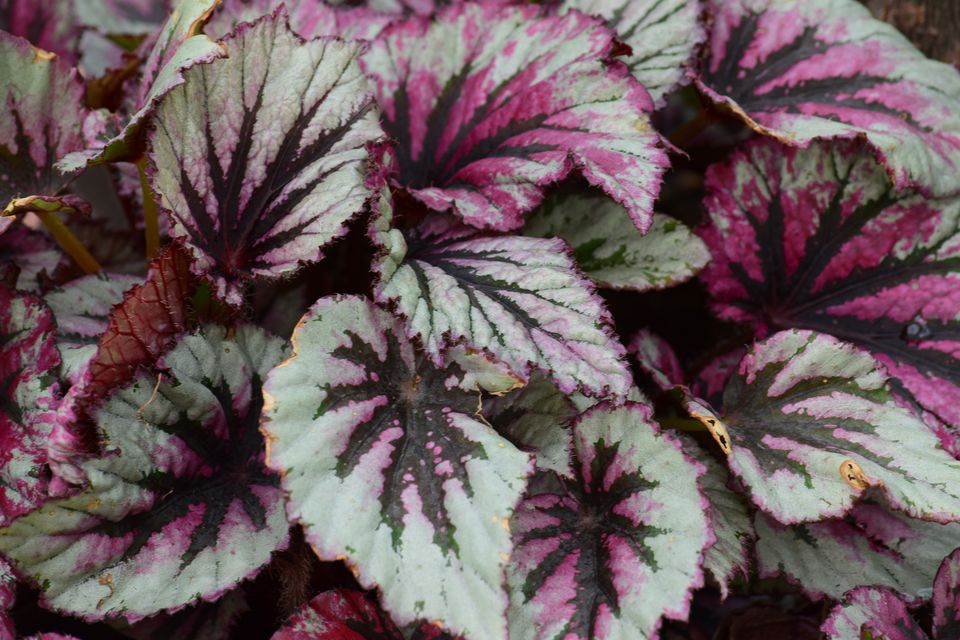There are over 1,000 species of Begonias, which come in countless colors, sizes, and shapes. They are native to the tropical and subtropical climates of Central/ South America, Africa, and Asia. Begonias fall into one of three categories when following standards established by the American Begonia Society- Fibrous, Rhizomatous, and Tuberous. Fibrous Begonias have exclusively fibrous roots. Think of a standard root ball with thin roots. Semperflorens, Cane-like, Shrub, and Trailing Begonias all fall into this category. The common Angel Wing Begonia is a perfect example. Rhizomatous Begonias grow from a rhizome- a thickened underground stem. These Begonias typically grow horizontally and sprout new sections along their rhizome. Rex Begonias, some of the most popular Begonias, fall into this category. Lastly, Tuberous Begonias grow from tubers- a modified stem with a starchy interior, similar to a potato. Bolivian Begonias are Tuberous Begonias. These plants contain significant amounts of oxalate crystals, which cause vomiting in dogs and cats.
Begonias love medium to bright indirect light. Some varieties, such as wax Begonias, are more tolerant to direct sun, but prolonged exposure may burn the leaves and create damaged spots.
Water with distilled or rain water when the top 50%-75% of the soil is dry.
They do best in humid environments, preferably between 50%-90% humidity (depending on the varietal) with temperature between 60-80°F.
Begonias are easy to propagate. Propagation is possible from stem or leaf cuttings. Simply submerge a node/ base in water and place in a sunny spot. Alternatively, plant into a moist potting mix.
This can be due to a sudden change in environment, with temperature, humidity, and lighting being major factors. To help your plant recover, place it in bright, indirect light and increase humidity. If the drooping persists, check for signs of root rot.
Begonias are prone to fungal and bacterial diseases. These tend to develop rapidly, showcasing symptoms such as black and brown spots on the leaves and soft, wilting stems. You can save your plant by removing any affected areas with a clean pair of scissors.
